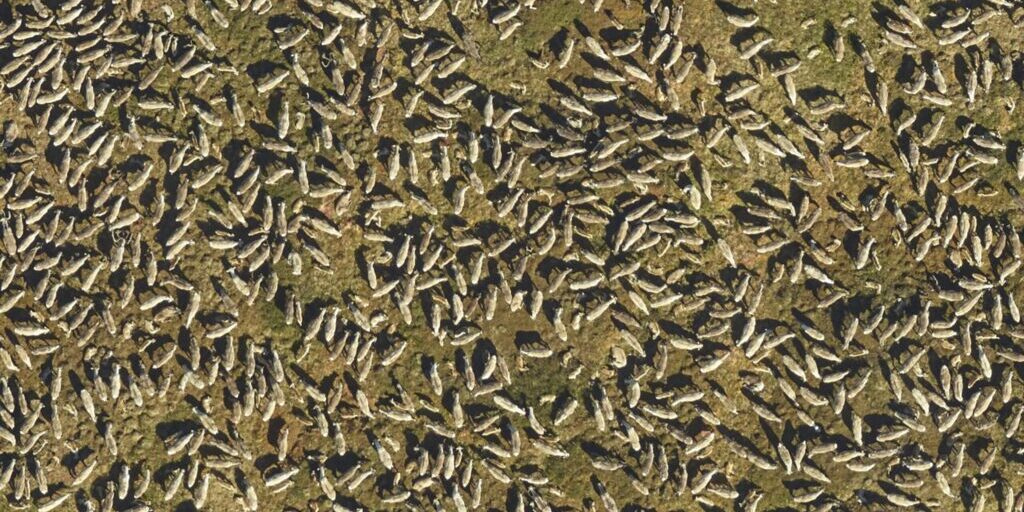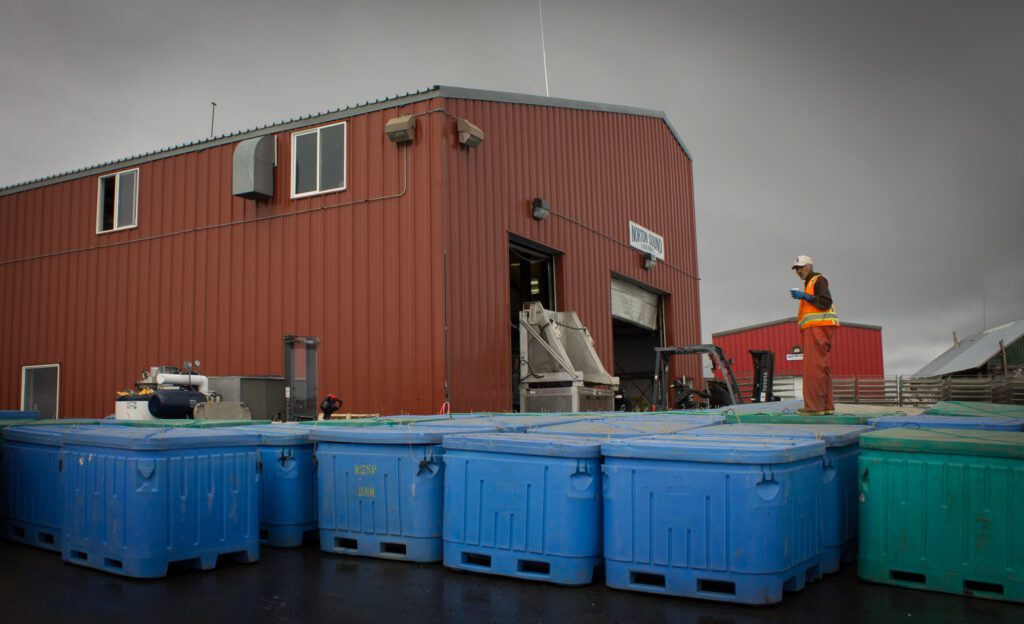After fourteen years of decline, the Western Arctic caribou herd is on the rebound.
That’s according to Alex Hansen, wildlife biologist for the Alaska Department of Fish & Game (ADF&G) in Kotzebue:
“It looks like our caribou herd is turning around. We’ve been seeing a lot of positive indicators that the herd was going to turn around, and it was something that we were able to detect this year during our counts.”
ADF&G shared the results of last summer’s photo census today; they show the herd has grown to 259,000 animals, up more than 50,000 from last year.
The Western Arctic caribou herd is the largest in the state, ranging over 150,000 square miles bounded by the Arctic Ocean, the lower Yukon River, and the trans-Alaska pipeline. About 40 communities and several thousand people live within its range, and many of them depend on the herd for subsistence purposes.
The herd peaked in 2003 with 490,000 caribou. After that year, the population fell, as steeply as 27% between 2011 and 2013.
Hansen explained that a number of factors affect population, from weather and climate to predation and hunter harvest. In response to the decline, ADF&G proposed new caribou hunting regulations, which were adopted by the Board of Game in 2015.
Since then, ADF&G has seen signs of growth in the Western Arctic caribou herd. Hansen says, “We’ve been seeing good metrics for the last few years: good survival with adults, and recruitment in calves is up.”
According to Hansen, biologists expected last summer’s aerial photo census to confirm the growth, and that’s exactly what happened. The count this year was aided by a new digital camera system, replacing World War II-era film cameras that had been used since the 1970s.
The old film cameras produced 9-inch by 9-inch black-and-white printed photographs that had to be pieced together by hand before caribou could be counted. And the old film cameras could only take clear photos under optimal conditions.
Hansen says without the new digital system, last summer’s Western Arctic herd photo census might not have been possible:
“For the Western Arctic Caribou Herd, we had some challenging weather and lighting conditions, so we had to work a little bit later into the evening, and that is challenging for the film camera system to pick up good images under those conditions.”
The Western Arctic caribou herd working group met in Anchorage last month. ADF&G Regional Research Coordinator Lincoln Parrett says the group decided during that meeting it’s time to re-assess what’s been working and consider updating the management plan.
The Western Arctic herd’s winter range covers much of the eastern Seward peninsula. Resident harvest in Game Management Unit (GMU) 22B closes March 31 for cows and April 30 for bulls. Cow harvest in GMU 22B remainder closes on March 31; bulls are open year-round.
Image at top: An aerial shot of the Western Arctic Caribou Herd in July 2017. Photo: Alaska Department of Fish & Game.







